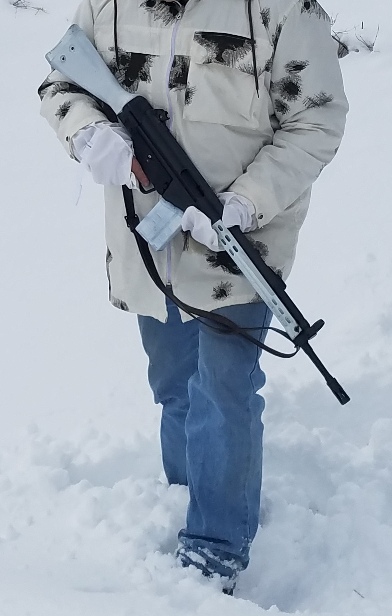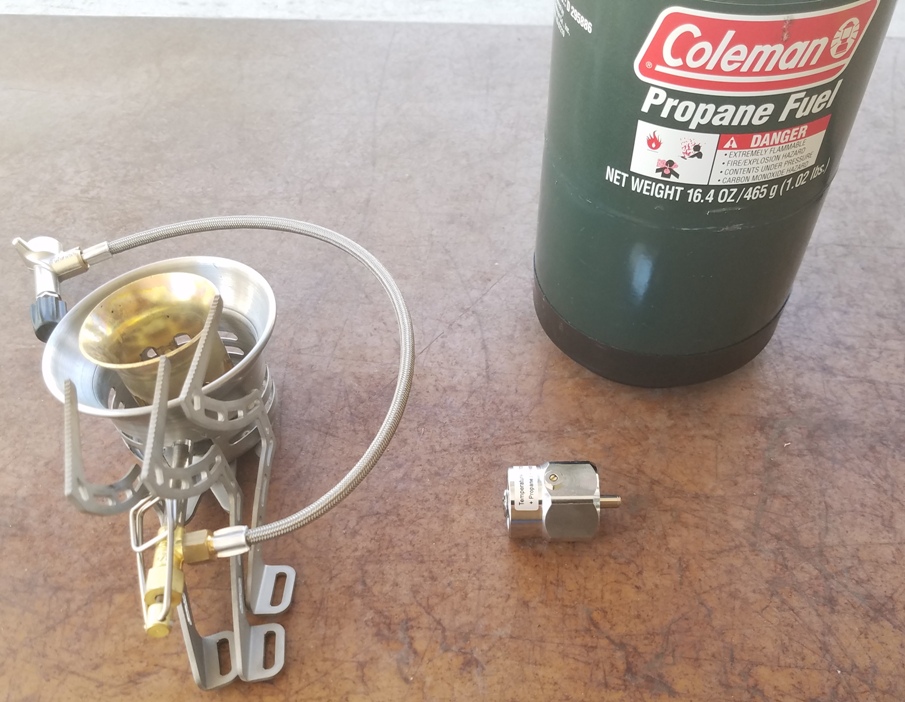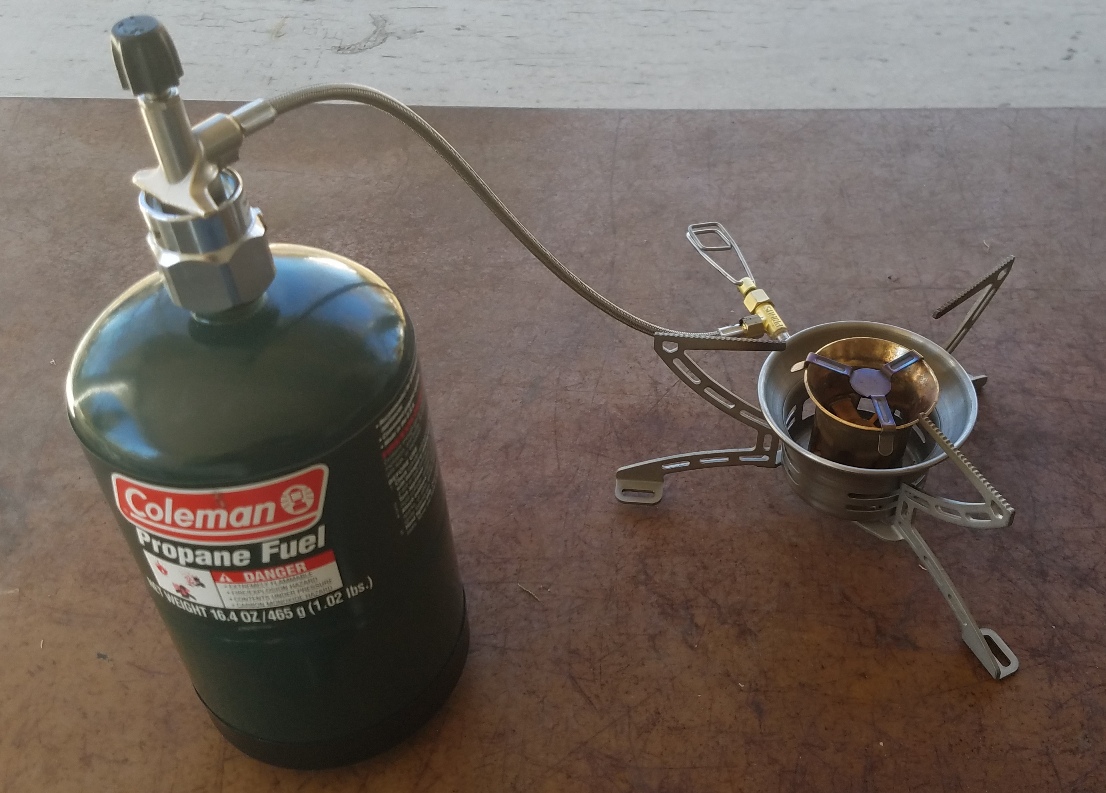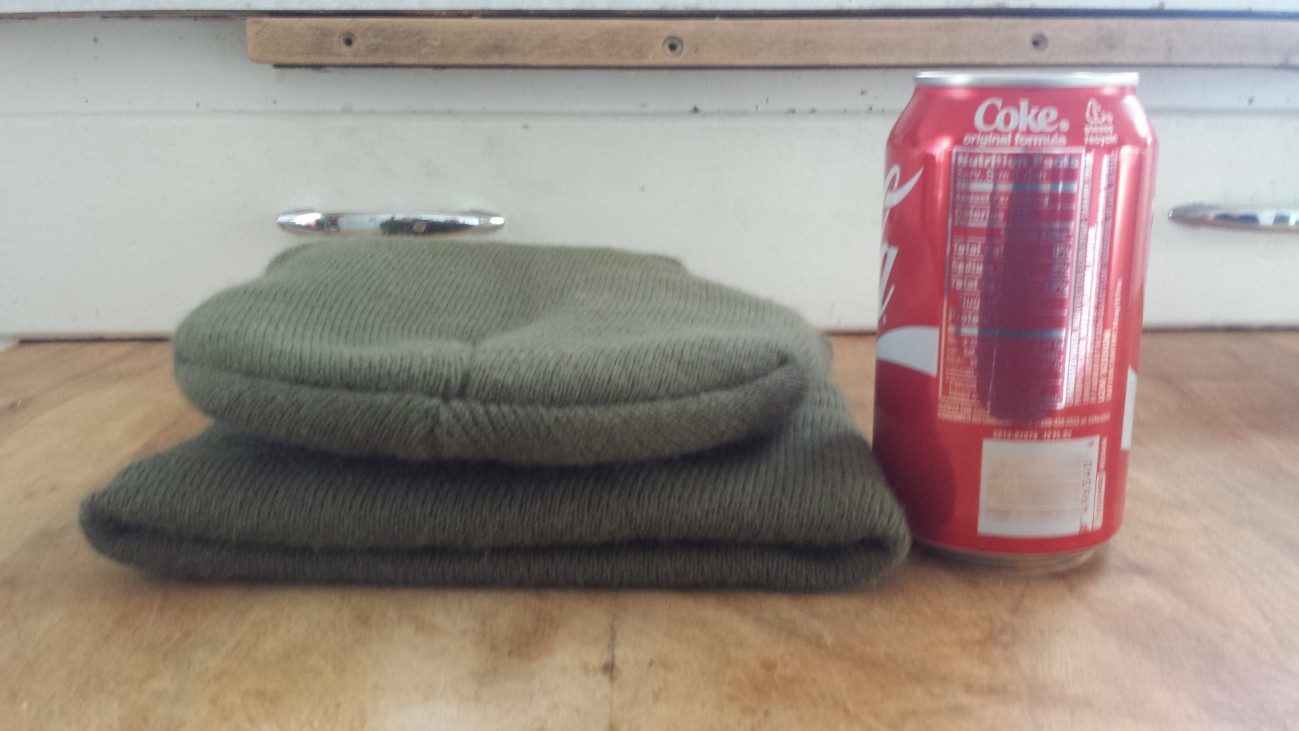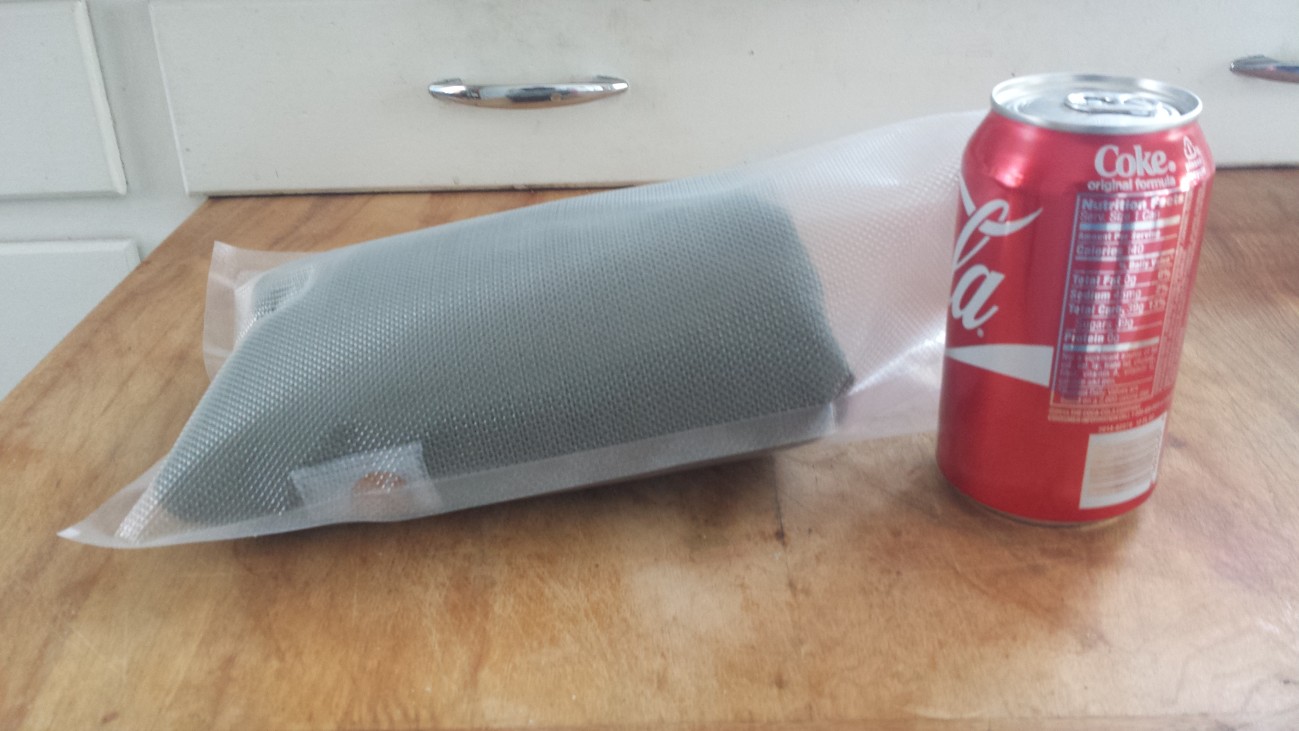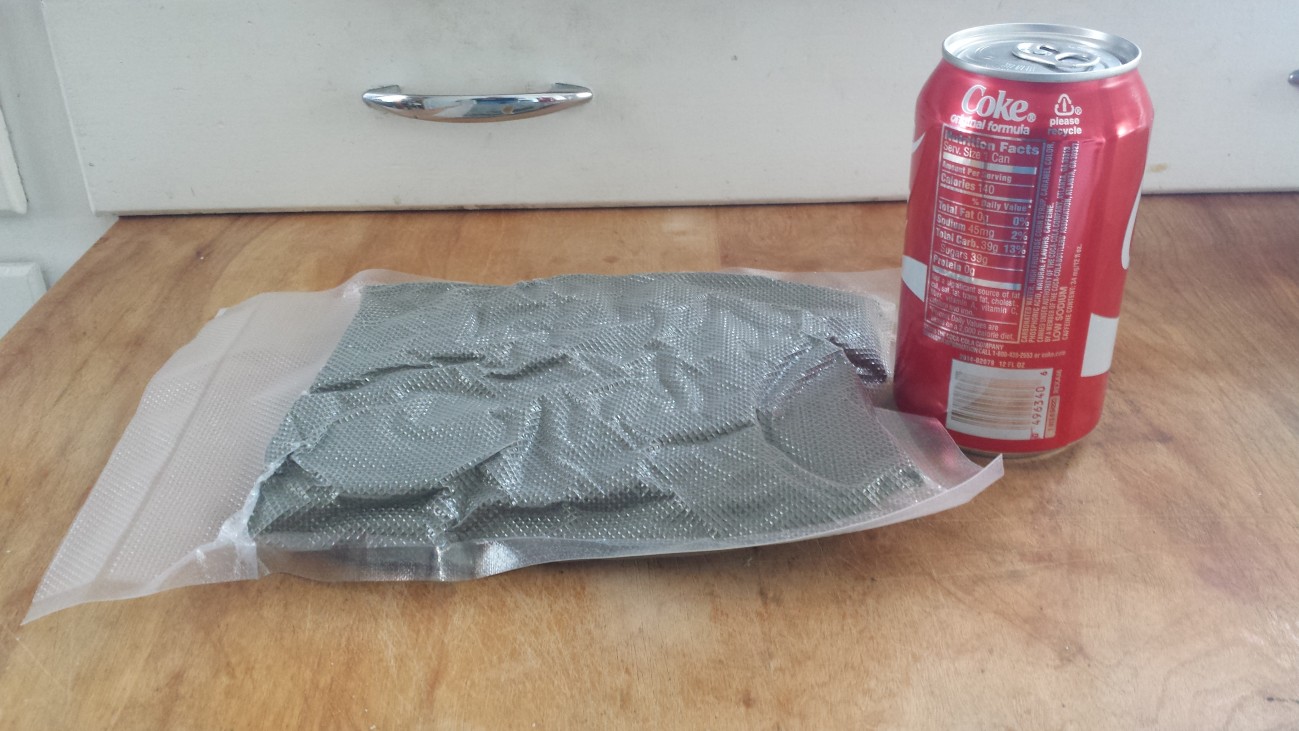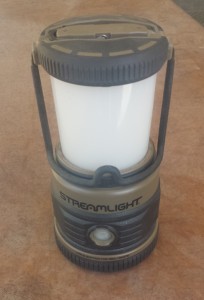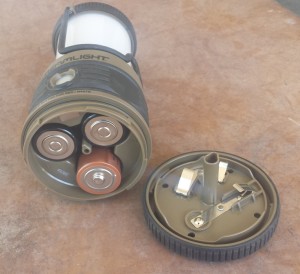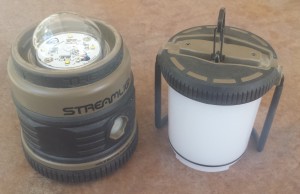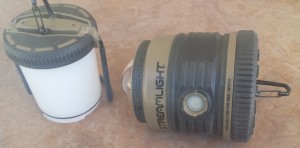There is not a single thing that is, pricewise, cheap about HK products. Even the clones are spendy. And the accessories as well.
Which is why I should not have been surprised to find that the PTR I picked up shot about 6″ to the left and 18″ low at 50 yards. Why? Because unless you’re willing to spend about $80 for a genuine HK tool, or $45 for a knockoff, your ability to zero your rifle is rather limited. (Yes, you can use snap ring pliers but the marks it leaves on that sight drum ain’t pretty.)
Fortunately, being an evil yuppie survivalist, I actually have an HK sight tool and was able to zero the gun properly. But I did learn something I did not know. The sight drum has three aperatures and a v-notch. The idea is that the v-notch is your quick acquisition sight, and the subsequent “2”, “3”, and “4” aperatures are for 200, 300 and 400 yards respectively. Ok, fine. What I did not know is that the v-notch is not a 100 yard sight. I just assumed it was. As it turns out, from what I read, the V-notch and the “2” aperature are the same elevation. Didn’t know that.
I’ve posted it before, but here’s one of the best instructions on sighting in your G3-type rifle.
Years ago, Cheaper Than Dirt (home of the $99 Pmag) had a sale on surplus G3 furniture kits…stock, forend, and pistol grip….for ten bucks. I bought a bunch of them and since I have so many spares, I could afford to whip out the Krylon and DIY some winter white.
Yup..thats the ancient WGerman snow camo. I desperately want the new Danish or Finnish snow camo but its a colossal pain in the ass to find that stuff here. I may have to make friends with someone overseas, figure out the Byzantine metric clothing size system, and ask them to hit the surplus stores for me. Didn’t wear the matching pants to the range because..well..I figured I was already looking a little tinfoil-y with the color-coordinated rifle and outerwear. Which reminds me…anyone know a vendor for white 3-point rifle slings? I suppose I could order up some white webbing and fab up my own, but……..

